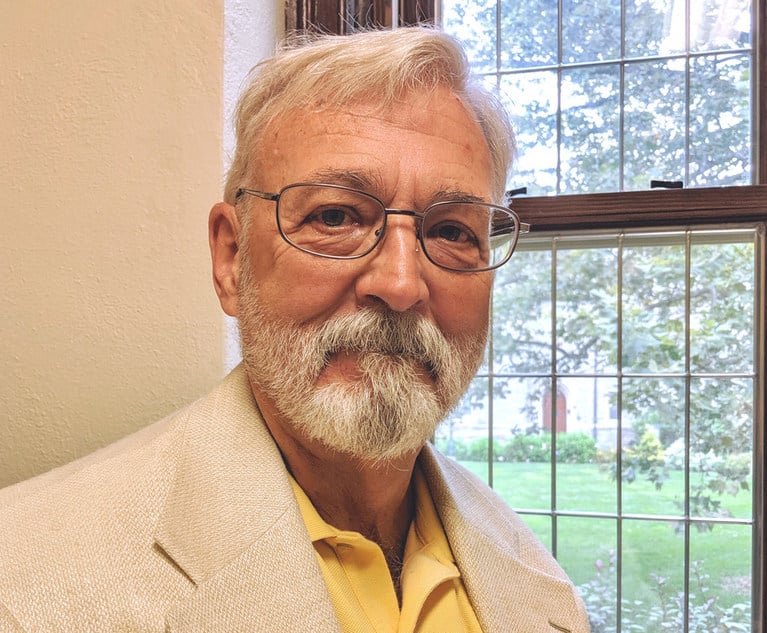 A watershed decision is upon us and deserves our close attention if we are to preserve safe, clean drinking water for generations to come.
A watershed decision is upon us and deserves our close attention if we are to preserve safe, clean drinking water for generations to come.
In Connecticut, preserving the supply of high-quality drinking water by protection of adjacent open space has been embodied in law since Public Act 77-606 amended §25-32(b) of the General Statutes and added sections (c) and (d) to specifically require a “written permit” rather than “prior approval” for the disposition or use change in use of Class I and Class II land. Section 25-37(c) defines land owned by a water company as Class I, II or III. Class I and II land serves as a recharge region for a public drinking-water reservoir or well field, either directly or indirectly. For example, Class II land might abut a tributary stream to a distribution reservoir. Class III land is outside a drinking-water watershed and is lightly regulated.
This content has been archived. It is available through our partners, LexisNexis® and Bloomberg Law.
To view this content, please continue to their sites.
Not a Lexis Subscriber?
Subscribe Now
Not a Bloomberg Law Subscriber?
Subscribe Now
LexisNexis® and Bloomberg Law are third party online distributors of the broad collection of current and archived versions of ALM's legal news publications. LexisNexis® and Bloomberg Law customers are able to access and use ALM's content, including content from the National Law Journal, The American Lawyer, Legaltech News, The New York Law Journal, and Corporate Counsel, as well as other sources of legal information.
For questions call 1-877-256-2472 or contact us at [email protected]





